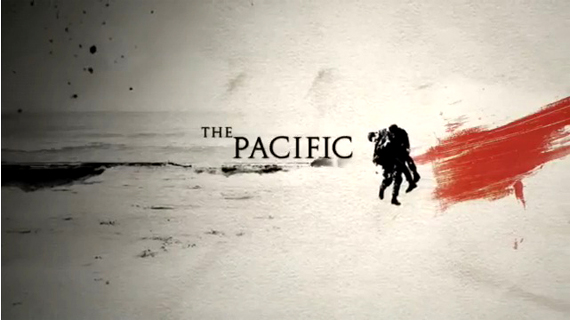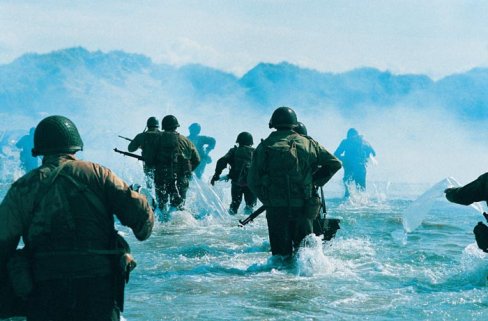Battle of the Bulge: Phase II
/
On December 17th 1944, from what I can tell so far, the 100th Infantry Division was ordered to the Bastogne, Noville, and Bras areas to stop the sudden attack by German forces. The 28th Infantry division found itself on its second day fighting for its survival as their entire divisional front was under attack, and member of the division, 1st Lt. Carl Hughes of the 102nd Cavalry Recon Squadron continued to make his way through enemy lines. The Battle of the Bulge was in full force in Germany and Belgium, and would continue to rage on for over a month.
The anniversary of the beginning of the battle saw the start of the second phase of my project documenting the Norwich University alumni who fought there. I had hoped to have finished the writing by this point, but that hasn't happened yet, but the research and collection of raw data has largely wound down for the project. From the data that I was able to collect, I've assembled a list of just under a hundred and fifty people from a variety of sources: publications, records, mentions, with thirty people confirmed with sources that they were present at some point, another 73 people who might have been there based on their unit, ten people who can be written off, with a further 30 people who may or may not have been there, but with very little to go on, other than a country reference.
This collection of raw data has some additional bits of information that goes along with each student: their rank, unit, whether they were wounded or killed, what medals they earned, and any other additional notes. As a whole, it's a wealth of information that only tells me a couple of certain points that help lead to the next stage.
Raw data by itself is somewhat useless. I can tell you ten things about Carl Hughes. He was a first lieutenant in the 28th Infantry division with the 102nd Cavalry Recon Squadron, that he graduated from Norwich in 1942, that he received the Bronze and Silver Stars in addition to a purple heart, and that he walked through enemy lines for three days following the attack when his unit was surrounded. The next step involves adding context to the situation.
Going unit by unit, this next step involves adding that context. With it, I've learned that the 28th Infantry Division had taken the first impact of the German advance on December 16th, along a 25 mile stretch that enveloped the division, and that from the 16th through the 22nd, the unit was involved in heavy fighting before pulling back on the 22nd to Neufchateau to reorganize. This additional layer helps to put the individual experiences of the soldiers into better context.
With rare exceptions, student information on their individual experiences during the battle are rare, and in those instances, I have a paragraph at the most, or a brief sentence at the least that indicates that an alum was present at any part of the battle. The additional information as to what the units as a whole were up to help to fill in the blanks and gives me a general idea of what any given student might have been doing at the time. Furthermore, the individual data points that make up Norwich Students on the timeline helps to etch out a clearer understanding of how the battle worked: it was complicated, with numerous fronts, battles and units involved. Approaching the battle from the people who studied at Norwich also helps to demonstrate the impact that Norwich itself played during the battle, much like I discovered with the Operation Overload paper that I wrote in 2007. There was a collective Norwich experience that was widespread throughout the conflict.
This next step is far from done - quick passes through the Army Historical blurbs allow me to pin point some key dates for units, and a second pass will help to put in more detail for some of the larger units, such as the 2nd and 3rd Armored Divisions and the 17th Airborne Division, which seems to have a larger collection of Norwich men within it. With a codified timeline in place, the events of the battle can be put down into more detail, and a larger story of the Battle of the Bulge will appear, seen through the eyes of the school's alumni.
It's an exciting bit of work as I am able to gather more and more information on individual units and to see the battle emerge from the raw data points that I've collected. One thing is for sure so far: Norwich University was present on the front lines (and in one case, above them) and undoubtably, given some of the notations, medals and units that these men earned and occupied, it had some hand in the outcome of the battle, providing a basis for the actions of the men who fought in 1944 and 1945.







